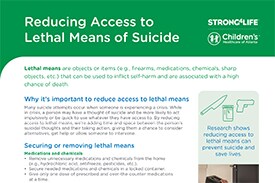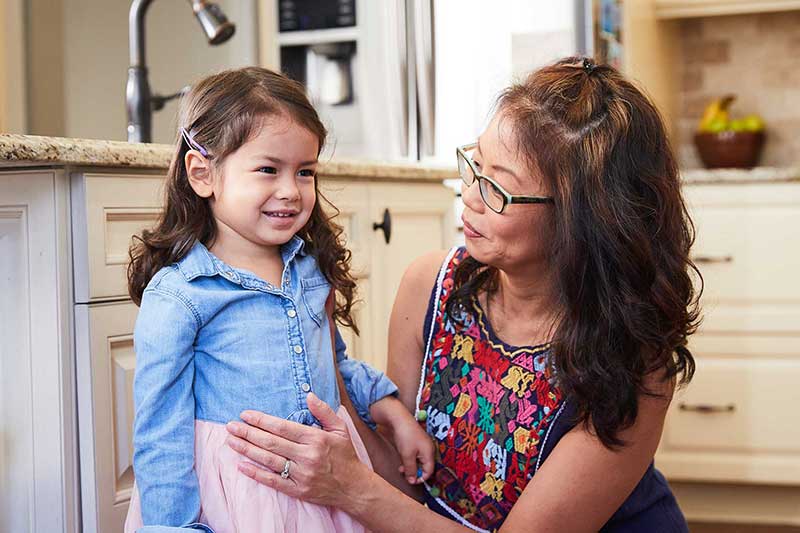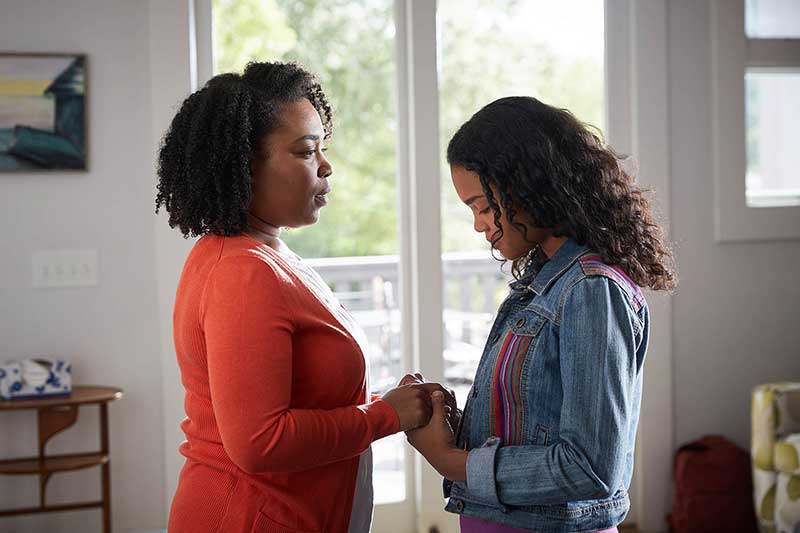Preventing Suicide in Kids and Teens
No one wants to think about losing a child, let alone losing them to suicide. However, the sad truth is that suicide is a leading cause of death for kids and teens, ages 10 years and older. Suicide impacts kids of all ages, genders, wealth, races and ethnicities.
From educating ourselves and equipping them with tools and resources, to watching for signs in the kids we know and care about, there are things we can all do to help protect and support the ones we love.
In this article:
What does suicide mean, and how do you talk about it?
How we talk about suicide, and the words we use, matters. Be mindful of how you talk about suicide.
- Suicide: When a person dies as a result of harming themselves with the intention of ending their life.
- Say: A person “died by suicide” or “ended their life.”
- Avoid saying: A person “committed suicide” or “completed suicide,” as these phrases only contribute to stigma and have negative associations.
- Suicide attempt: When someone harms themselves with the intention of ending their life but does not die.
- Suicidal ideation: When a person has thoughts about suicide (which may also include considering or planning suicide).
While some people believe that kids who talk about suicide are just looking for attention and won’t “go through with it,” that’s simply not true. Regardless of a child’s age, talking about suicide or wanting to die isn’t normal. It’s a sign that they need immediate help and support. Always take it seriously and address it right away.
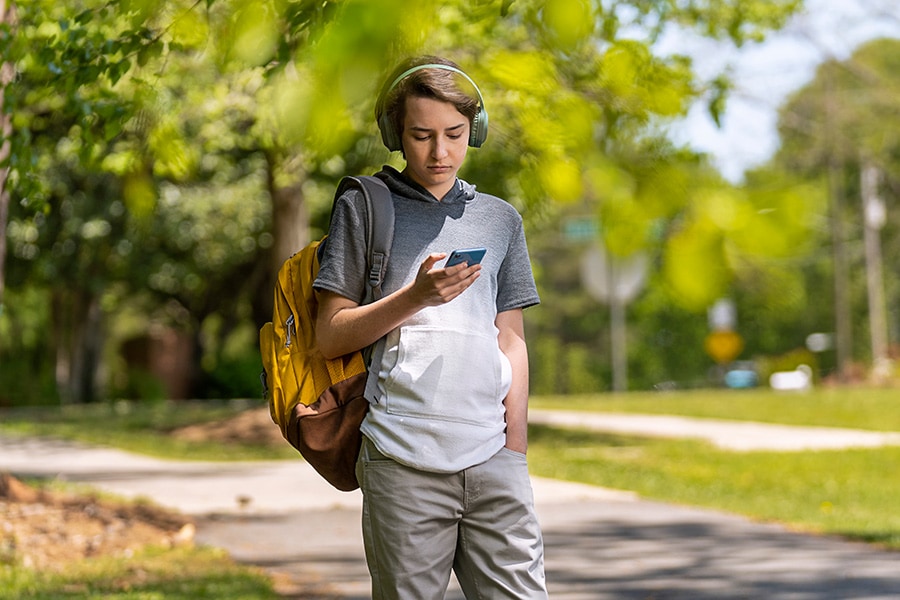
Who is most at risk for suicide?
There’s no one, single cause of suicide, and having risk factors does not necessarily mean a child will attempt to end their life. However, there are some factors that may increase a child’s risk of death by suicide:
- Having a previous suicide attempt
- Having a close family member or friend who has died by suicide
- Experiencing abuse, neglect or bullying
- Experiencing loss
- Experiencing social isolation
- Lacking support
- Feeling hopeless
- Having a history of impulsivity and/or aggression
- Having a mental health condition, such as depression or anxiety
- Having a chronic physical illness or pain
- Having easy access to firearms, medications, etc.
- Having an alcohol or substance abuse disorder

What are common warning signs related to suicide?
Warning signs can look different from child to child, and some kids are really good at hiding the signs (or trying to make it seem as if everything is fine). If you’re uncertain or concerned that your child is at risk for suicide, trust your instinct and take it seriously. Contact a crisis hotline or mental health professional as soon as possible.
Here are some common warnings signs that a child may be at a higher risk for suicide and require immediate intervention:
- Talking about wanting to end their life or die, or having no reason to live
- Frequently talking about death or ways to die
- Experiencing major mood changes (depressed, irritable, extremely anxious, agitated, etc.)
- Engaging in reckless behavior
- Expressing no hope for the future
- Feeling stuck, empty or in extreme pain
- Increasing use of drugs and/or alcohol
- Experiencing major changes in eating or sleeping habits
- Withdrawing from others
- No longer doing activities they used to enjoy
- Giving away important belongings
- Saying goodbye
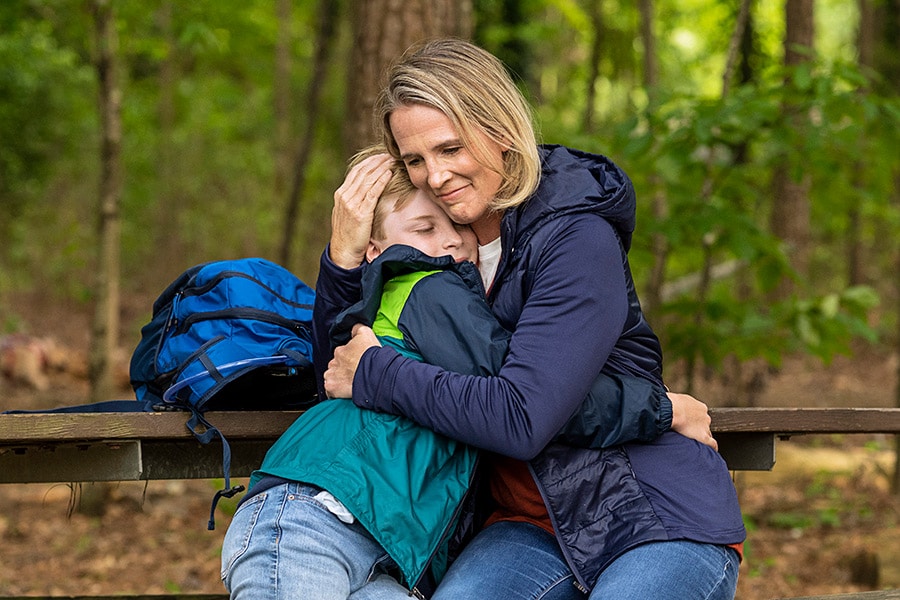
Does talking about suicide give kids ideas?
There’s no research to support the myth that talking about suicide puts ideas in a child’s mind or changes their behavior. Being open and honest about suicide and mental health helps by:
- Decreasing stigma.
- Increasing access to appropriate care.
- Providing opportunities to ask kids questions about harming or killing themselves to determine if they're struggling or at immediate risk.

Can suicide be prevented?
Yes, suicide can be prevented. There is a common misconception that if a person is determined to kill themselves, nothing will stop it, but that’s simply not true.
Here are some ways you can help:
- Teach healthy coping skills. All kids need help learning how to cope with their feelings and navigate challenges in healthy ways. Teaching kids a variety of coping skills can help them learn to manage their feelings and stress, as well as make them more resilient (better able to handle life’s ups and downs).
- Ask direct questions. Every child is different, so be careful to not make assumptions about how they feel based on how they’re acting. For example, some kids may appear happy on the outside when they’re secretly struggling on the inside. Asking direct, open-ended questions can help encourage your child to share whatever they’re feeling.
- Stay calm, actively listen and validate their feelings by repeating back what you hear, and letting them know you understand and are there for support.
- Take concerns seriously and address them immediately by getting the right assessment and treatment. It’s normal and expected to get support for a physical illness or injury, and the same should be true for mental health. If you’re not sure or worried, don’t wait for things to get worse. Get help by consulting with a mental health professional.
- Reduce access to lethal means of suicide. If you have concerns about your child’s safety, immediately limit their access to items that may cause harm or death (e.g., firearms and both over the counter and prescription medications).
